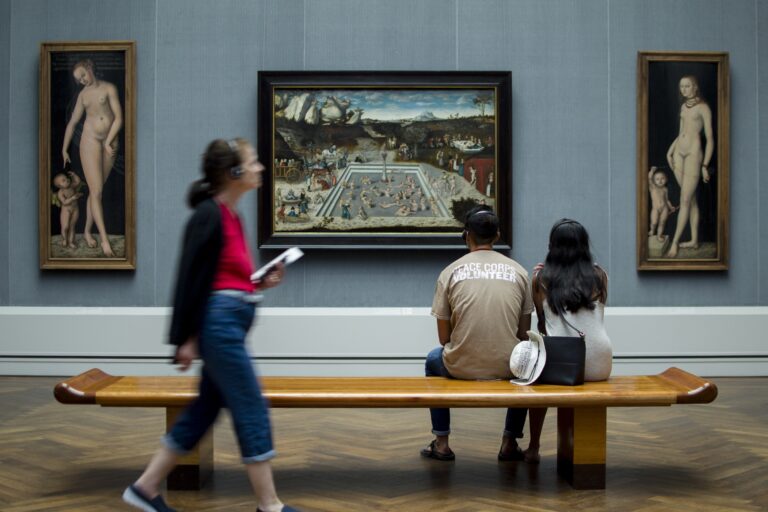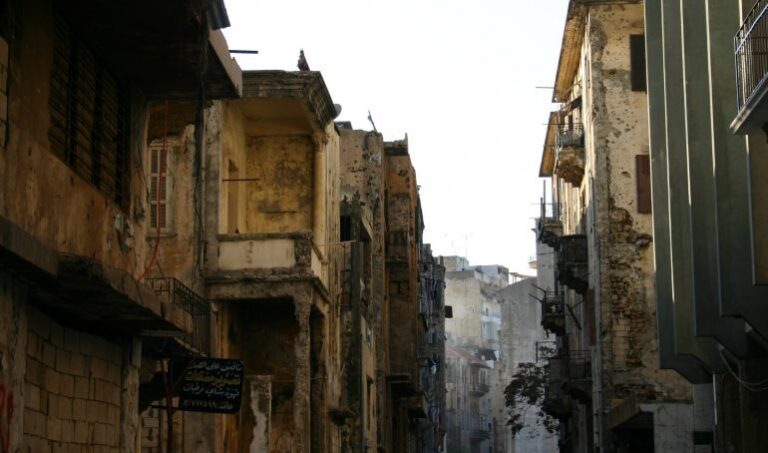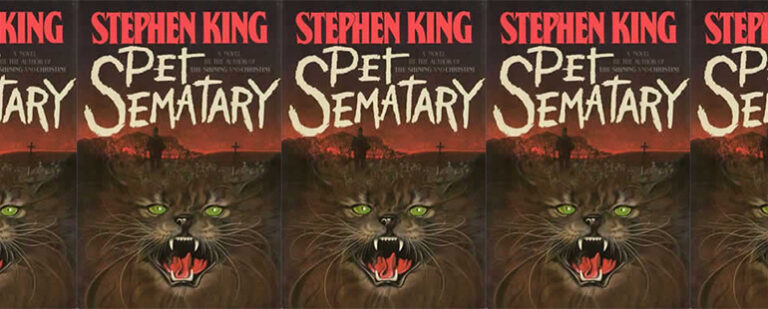Details and Big Picture, Through the Eyes of a Visual Artist

The eye is made up of rods and cones. Rods are distributed evenly along the perimeter of the retina. Their function is to see subject matter all at once in its entirety. Rods can only focus on the overarching ground. Their function is to let in light. They enable us to see the world holistically. Through them we can take in and recognize the overall expression of a face and not just its individual parts.
Cones, on the other hand, are packed tightly at the center of the retina. They scrutinize detail and gather information incrementally, over time as opposed to instantly and as a whole.
Visual artists have the ability to engage both their rods and cones as they work. We can alternate between examining the details and stepping back from them. By stepping back I can see the whole picture. I can assess the overall mood. If the painting is working, it’s because the details, the downturn of my subject’s mouth, the shade of red I’ve chosen for the droopy lower lids, etc., have successfully come together and created the big picture I was after: a downtrodden mood.
As a writer, I can’t do this. I can’t encounter the page I’ve written the night before and understand it just by looking at it. I have to narrow my field of vision, engage my cones, and read each word sequentially, over time.
I came to writing by way of visual art, and the loss of the ability to step back from my work and see the whole seemed insurmountable to me. How can I know if my details are the right ones if I can’t step back and see how they work? But I now understand that language can be used just like paint.
Consider the opening scene of J.D. Salinger’s “A Perfect Day For Bananafish”:
THERE WERE ninety-seven New York advertising men in the hotel, and, the way they
were monopolizing the long-distance lines, the girl in 507 had to wait from noon till
almost two-thirty to get her call through. She used the time, though. She read an article
in a women’s pocket-size magazine, called “Sex Is Fun-or Hell.” She washed her comb
and brush. She took the spot out of the skirt of her beige suit. She moved the button on
her Saks blouse. She tweezed out two freshly surfaced hairs in her mole. When the
operator finally rang her room, she was sitting on the window seat and had almost
finished putting lacquer on the nails of her left hand.She was a girl who for a ringing phone dropped exactly nothing. She looked as if her
phone had been ringing continually ever since she had reached puberty.
With her little lacquer brush, while the phone was ringing, she went over the nail of
her little finger, accentuating the line of the moon. She then replaced the cap on the
bottle of lacquer and, standing up, passed her left–the wet–hand back and forth
through the air. With her dry hand, she picked up a congested ashtray from the window
seat and carried it with her over to the night table, on which the phone stood. She sat
down on one of the made-up twin beds and–it was the fifth or sixth ring–picked up the
phone.“Hello,” she said, keeping the fingers of her left hand outstretched and away from her
white silk dressing gown, which was all that she was wearing, except mules–her rings
were in the bathroom.“I have your call to New York now, Mrs. Glass,” the operator said.
“Thank you,” said the girl, and made room on the night table for the ashtray.
A woman’s voice came through. “Muriel? Is that you?”
When we step back from this scene and look at it as a whole, the big picture is clear to us: She’s in no hurry to speak to whomever is calling her. She has more important things to do. We know this because Salinger’s details bear it out. Through the incremental cataloging of her primping we get an overall feeling for who she is.
When asked once to list my favorite painters I accidentally included J.D. Salinger because I was thinking of this scene. Salinger worked with details the way a painter would, rendering them in service to the whole.
So the next time you write a scene try approaching it as a painter would. Step back and ask yourself, is your big picture clear? If not, take some time to look around and scrutinize your details. If there’s a lamp on the table, make sure it serves the greater purpose of the scene. If it doesn’t then leave out. Let your eye circle the scene and flesh out your details until the whole picture snaps into view.


